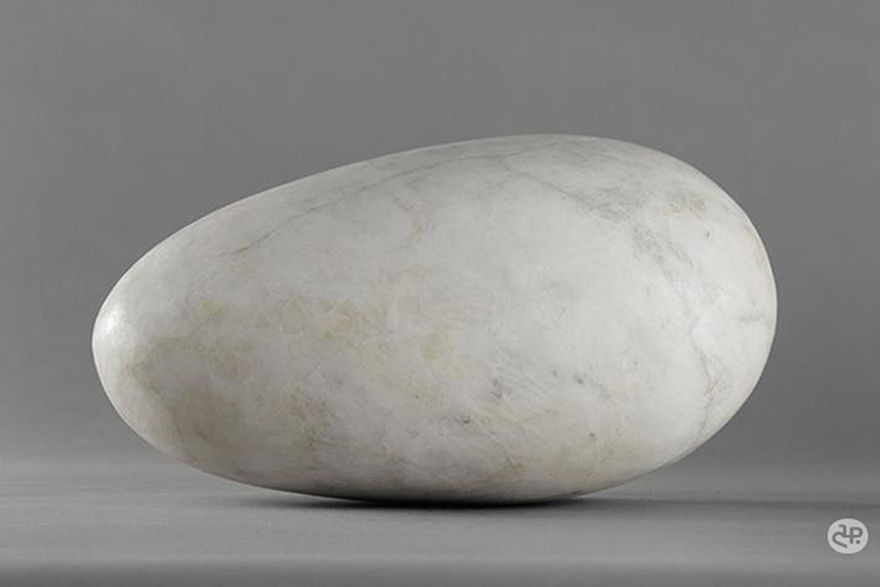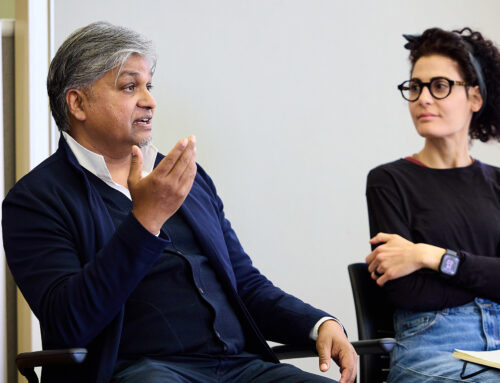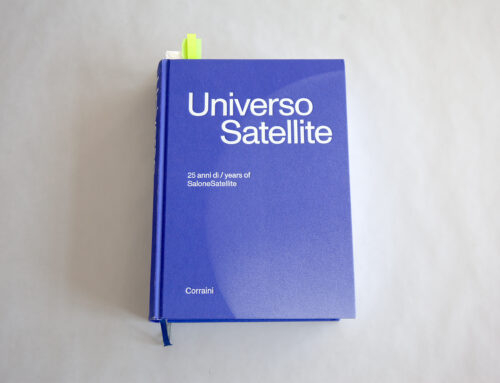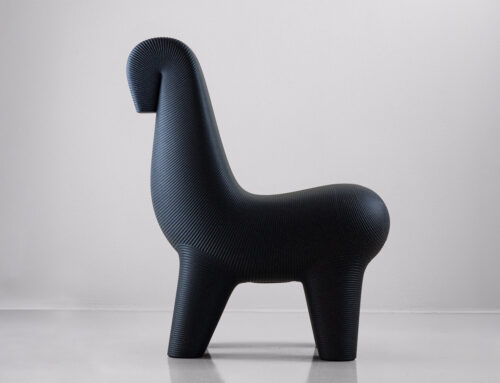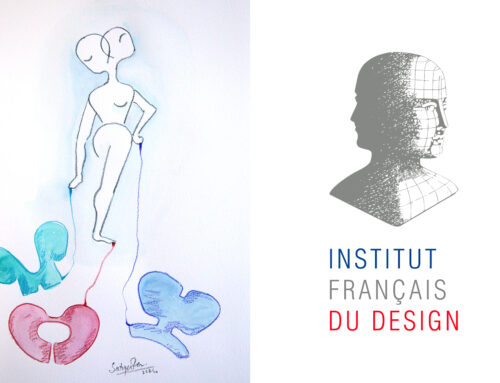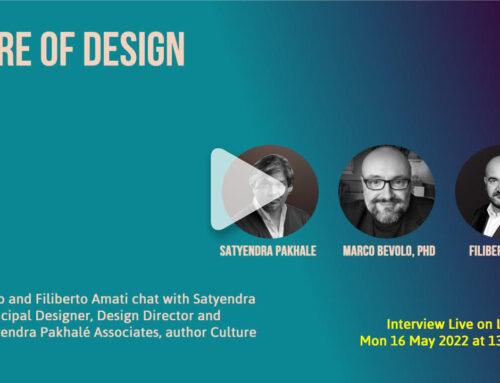“Art must give suddenly, all at once, the shock of life, the sensation of breathing.”
Constantin Brancusi, as quoted in Eric Shanes, Constantin Brancusi, Abbeville Press, New York, 1989, p. 67.
In 1920 the artist Constantin Brancusi (1876-1957) produced, among many, his work Sculpture for the Blind. His long-life research on the deep meaning of things is extremely rich and full of inspiring ideas and ways to disclose and interpret the inner essence of surrounding forms. However, Sculpture for the Blind seems to make of itself a manifesto interested in exploring the complexity of human sensorial and intellectual aptitudes by reducing them into an outstanding simplicity to be intended as the perfect tension reached by solving a deep complexity. Many critics recognized in the roundness of this sculpture an egg, in so doing summarizing its powerful meaningful structure, which characterizes all Constantin Brancusi’s work. Yet Sculpture for the Blind, in its being between signifying and not signifying, tells us more by presenting an alternative way of seeing, or better seeing with the inner eye. Eighty years up/later Juani Pallasmaa, with his book The Eye of the Skin (2005), seemed to give voice to Brancusi’s Sculpture for the Blind, but we should not forget that already in the years between 1901 – 1913 Edmund Husserl conceived the theory of phenomenology affecting the work of many artists of that period.
In Sculpture for the Blind the human head is reduced to a rounded form without any mass in relief. The essence of things is captured by a continuous curved line. Indeed, the roundness of the shape is already a concentration of life (link CoC-02-Convexity) to be experienced by touching the surface, just like a blind person would do. The sense of touch becomes a privileged sense, same as the sight and other senses, putting forward, already at the beginning of the 1900s, a critic to the supremacy of the ocularcentrism, so accurately discussed by Pallasmaa. Brancusi saw in art the possibility for a meeting between forms of the senses and the essence of visible world, between the interior and exterior space of the object. He translated the forms of nature in hierophanies, allowing them to convey different meanings and asking people to glimpse in them something else. Milarepa’s life and songs, translated into French, was one of the most influential of all Brancusi’s readings. In Milarepa (1038-1122), Brancusi found ‘a confirmation of his own way’ to look at the essence of the world. Quoting Milarepa from one of his famous songs:
Existence appearing as things and
Non-existence, their inner reality of emptiness
Both are inseparable in entity, of one taste, thus,
Self-knowing and other knowing are non-existent and
Everything is a unification vast and open.
The experts who realize it that way
Do not see consciousness, they see wisdom,
Do not see itemized phenomena, they see reality”
Brancusi’s work was inspired just from this enlarged vision of the visible world interested in bringing to light its true essence. Indeed, as strongly claimed by Brancusi himself referring to those who criticized his work: “They are imbeciles who call my work abstract; that which they call abstract is the most realistic, because what is real is not the exterior form but the idea, the essence of things”. The abstractness of forms is the vehicle to allow objects to manifest their inner essence: a state of being given by the encounter between man and the hosting environment of time and space. The apparent simplicity of the carved form of Sculpture for the Blind represents the deep complexity of approaching the real sense of things. Brancusi’s work finds a compelling description in the words used by Merleau-Ponty in the analysis of Cezanne’s paintings: “It is a spectacle of something only by being a ‘spectacle of nothing’, by breaking the ‘skin of things’ to show how the things become things, how the world becomes world”. Brancusi, as Cezanne himself, created forms that appear to have never been created yet. The reading of the surrounding world leaves space for the human primal and innate aptitude to create forms intelligible and capable of building a condensed meaningful world. Brancusi’s sculptures disclose a state of being so efficiently summarized through pure forms, i.e. shapes accessible by human limited senses and strongly telling in their morphological, material and optical qualities.
The smoothed surface of Sculpture for the Blind communicates a spiritual delicacy and an attention to the material as something fragile, something that owns the peculiar ability of conveying sensations and feelings and capturing a unique and immediate existential condition. The material and its final refinement play the role of emphasizing the reached simplicity of the pure and at the same time primal form of the sculpture. The “essence of being” is translated and synthesized through an overlapping of images each of which tells about the following phases of coming into the world, becoming and being. A wisely carved elliptical and smoothed shape tells all this. Its deep complexity is so simplified that it leaves us speechless by celebrating both the enigma of visibility and invisibility. It bridges the gap between mind and the senses by producing the pure pleasure of understanding and self-identification.
“Do not look for obscure formulae or for mysteries I give you pure joy. Look at them until you see them.”
Constantin Brancusi as quoted in Carmen Gimenez and Matthew Gale, Constantin Brancusi. The Essence of Things, Tate, London, 2004, p. 130.
